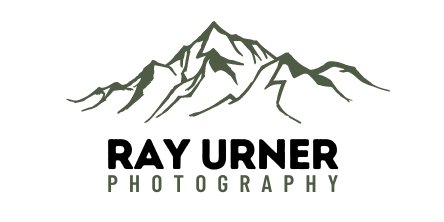Soda Butte
Standing like a weathered monument in the Lamar Valley, Soda Butte is one of Yellowstone’s most recognizable roadside features. Though no longer active, this fossilized geyser cone offers a striking subject for photographers—especially when framed against the valley’s sweeping landscapes and roaming wildlife. It’s a quick stop with big visual impact.
Location & Access
Where: Along Northeast Entrance Road, near the eastern edge of Lamar Valley
GPS Coordinates: Approx. 44.904° N, 110.172° W
Parking: Small roadside pullout with interpretive signage
Accessibility: No hiking required—Soda Butte is visible from the road
Geology of Soda Butte
Soda Butte is a travertine cone, formed by mineral deposits from a once-active hot spring or geyser. Unlike the colorful features of the Upper Geyser Basin, Soda Butte is dry and chalky—its activity ceased long ago, leaving behind a sculptural remnant of Yellowstone’s geothermal past.
Height: ~20 feet
Composition: Calcium carbonate (travertine)
Formation: Built up over centuries by mineral-rich water flowing from underground
Fun Fact: Despite its name, Soda Butte is not a true butte—it’s a geyser cone!
Photography Tips for Soda Butte
Best Time to Shoot
Golden Hour: Early morning or late evening for warm light and long shadows
Winter: Snow adds contrast and texture to the cone’s surface
Wildlife Season: Lamar Valley is prime habitat for bison, elk, and wolves—include them in your compositions if they’re nearby
Gear Suggestions
Wide-Angle Lens: Capture Soda Butte in context with the surrounding valley
Telephoto Lens: Isolate textures or wildlife interactions
Tripod: Optional—handheld works well due to proximity and light
Composition Ideas
Frame Soda Butte with Lamar Valley’s rolling hills in the background
Use leading lines from the road or pullout to draw the eye toward the cone
Include wildlife or passing clouds for scale and atmosphere
Wildlife Awareness
Soda Butte sits in one of Yellowstone’s most active wildlife corridors. Always maintain safe distances—25 yards from bison and elk, 100 yards from bears and wolves—and never approach animals for a photo.
Final Thoughts: A Quick Stop with Timeless Character
Soda Butte may not erupt or shimmer, but it tells a quiet story of Yellowstone’s geothermal history. Its sculptural form, roadside accessibility, and dramatic setting in Lamar Valley make it a worthy addition to any photography itinerary. Whether you're chasing wildlife or capturing landscapes, this fossilized cone offers a moment of stillness in a park defined by motion.


